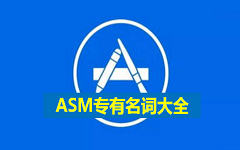This work provides a feasible solution to the existing airport surface safety monitoring capabilities (i.e., Airport Surface Surveillance Capability (ASSC)), namely language AI-based voice communication understanding for collision risk assessment. The proposed framework consists of two major parts, (a) rule-enhanced Named Entity Recognition (NER); (b) surface collision risk modeling. NER module generates information tables by processing voice communication transcripts, which serve as references for producing potential taxi plans and calculating the surface movement collision risk. We first collect and annotate our dataset based on open-sourced video recordings and safety investigation reports. Additionally, we refer to FAA Order JO 7110.65W and FAA Order JO 7340.2N to get the list of heuristic rules and phase contractions of communication between the pilot and the Air Traffic Controller (ATCo). Then, we propose the novel ATC Rule-Enhanced NER method, which integrates the heuristic rules into the model training and inference stages, resulting in a hybrid rule-based NER model. We show the effectiveness of this hybrid approach by comparing different setups with different token-level embedding models. For the risk modeling, we adopt the node-link airport layout graph from NASA FACET and model the aircraft taxi speed at each link as a log-normal distribution and derive the total taxi time distribution. Then, we propose a spatiotemporal formulation of the risk probability of two aircraft moving across potential collision nodes during ground movement. Furthermore, we propose the real-time implementation of such a method to obtain the lead time, with a comparison with a Petri-Net based method.
翻译:暂无翻译





